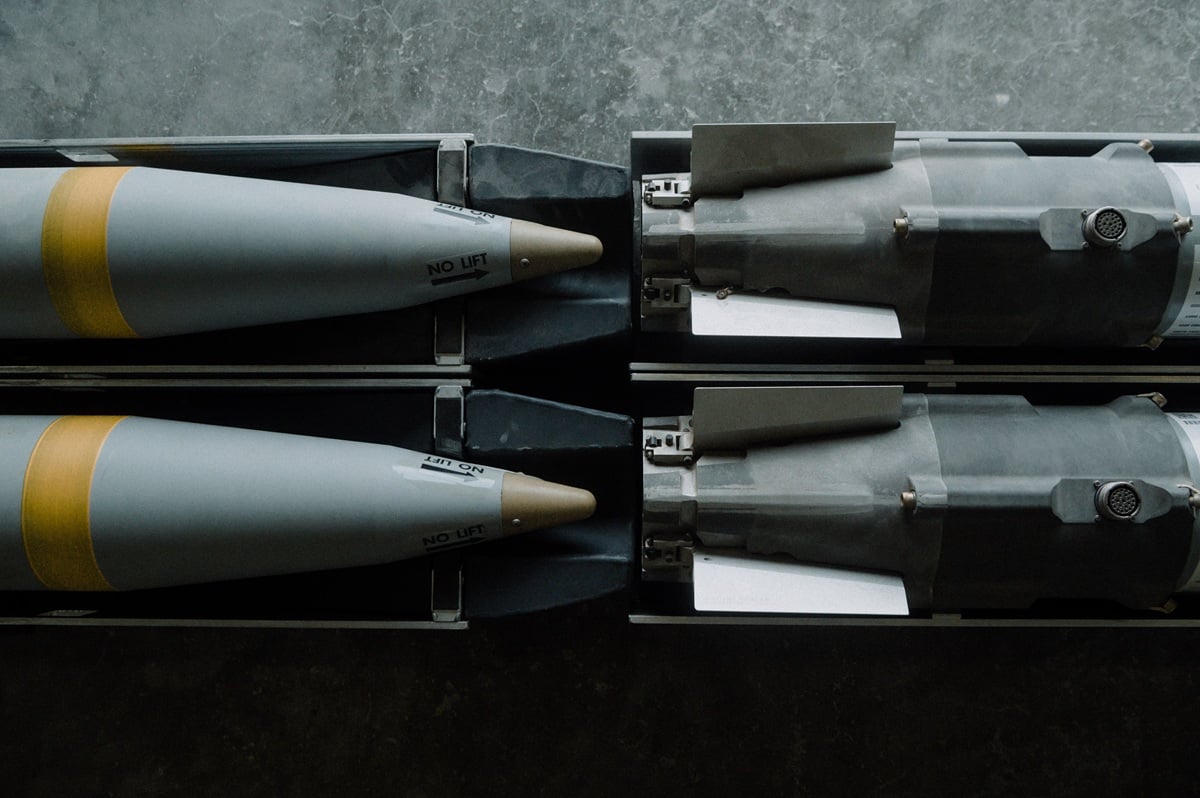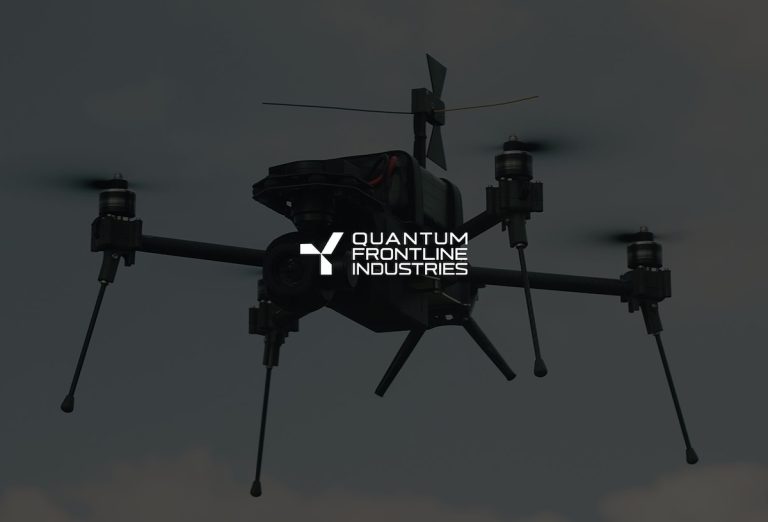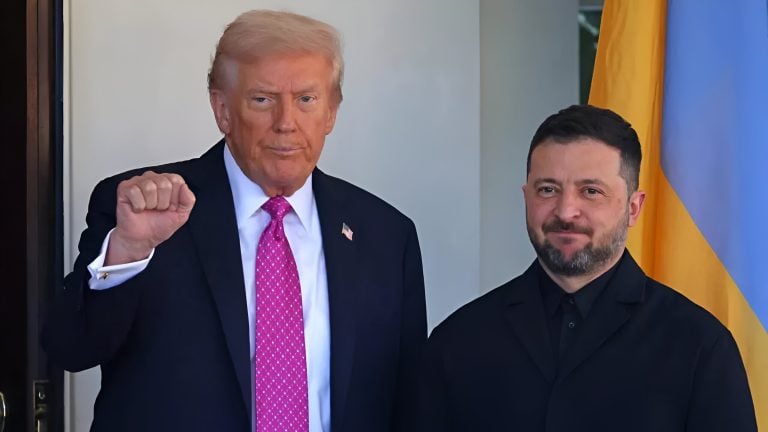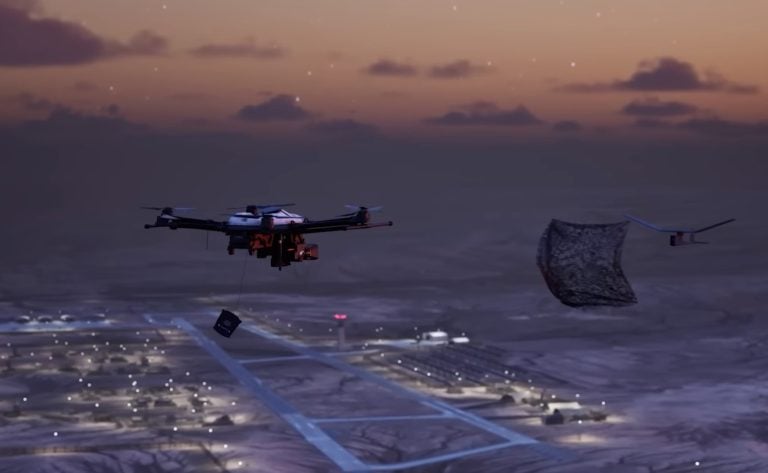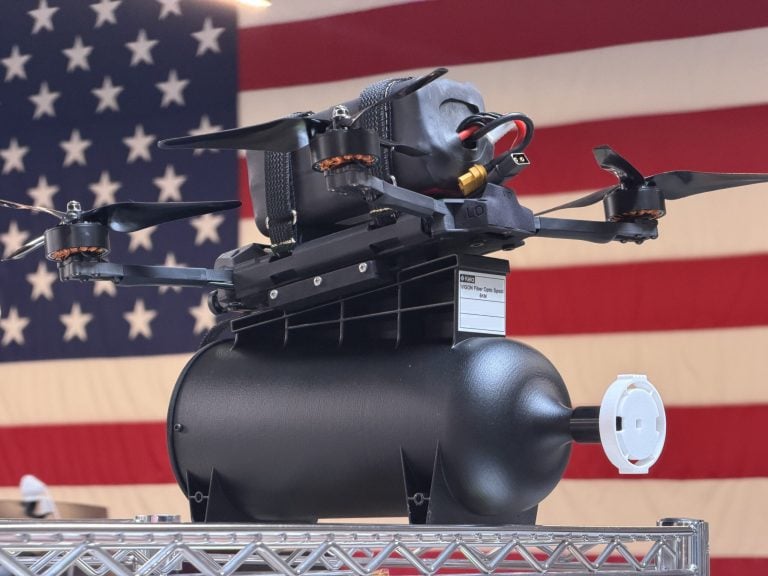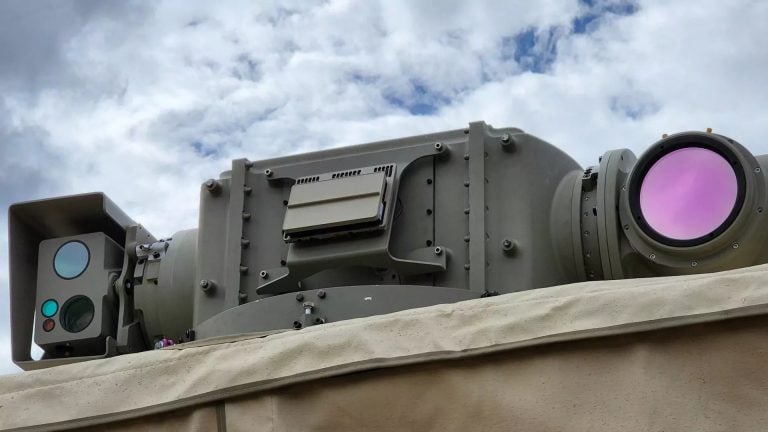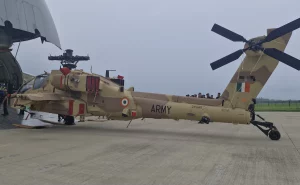Romania is enhancing its military capabilities as it seeks to bolster its role within NATO by requesting a significant shipment of Guided Bomb Unit (GBU)-39B Small Diameter Bombs (SDBs) from the United States. The foreign military sale, valued at $84 million, aligns with Bucharest’s strategy to improve its defense readiness amid evolving regional security dynamics.
The Romanian Air Force operates a fleet of F-16 fighter jets manufactured by Lockheed Martin, which are equipped to deploy these advanced precision-guided munitions. This procurement comes on the heels of Romania’s previous commitment to enhance its aerial combat capabilities, having ordered 32 F-35A Lightning II fighter jets in a comprehensive deal estimated at around $6.5 billion last November. These aircraft, which are also capable of deploying SDBs, are anticipated to be delivered in the early 2030s.
In this latest acquisition, Romania will receive 400 GBU-39B SDB-I munitions and two GBU-39 (T-1)/B inert practice bombs. The deal with Boeing includes not only the bombs themselves but also essential training rounds, common munitions built-in-test and reprogramming equipment, as well as ADU-890E computer test set adapter groups. Additionally, Romania will receive logistical support, spare parts, and containers as part of the comprehensive package.
The GBU-39B SDBs, operational since 2006, are praised for their low cost and minimal collateral damage in strike operations. Each bomb measures approximately 70.8 inches in length and 7.5 inches in width, with the capability to strike targets at distances exceeding 60 nautical miles (approximately 69 miles or 111 kilometers), utilizing a combination of inertial navigation and global positioning systems.
Romania’s latest developments in military procurement come at a time when its neighbor, Ukraine, has effectively used SDBs in its ongoing conflict, having received additional supplies as part of a larger $6.9 billion agreement from the U.S. Air Force in October 2024. This regional context underscores the importance of modernizing military forces and enhancing interoperability within NATO as geopolitical tensions persist.
